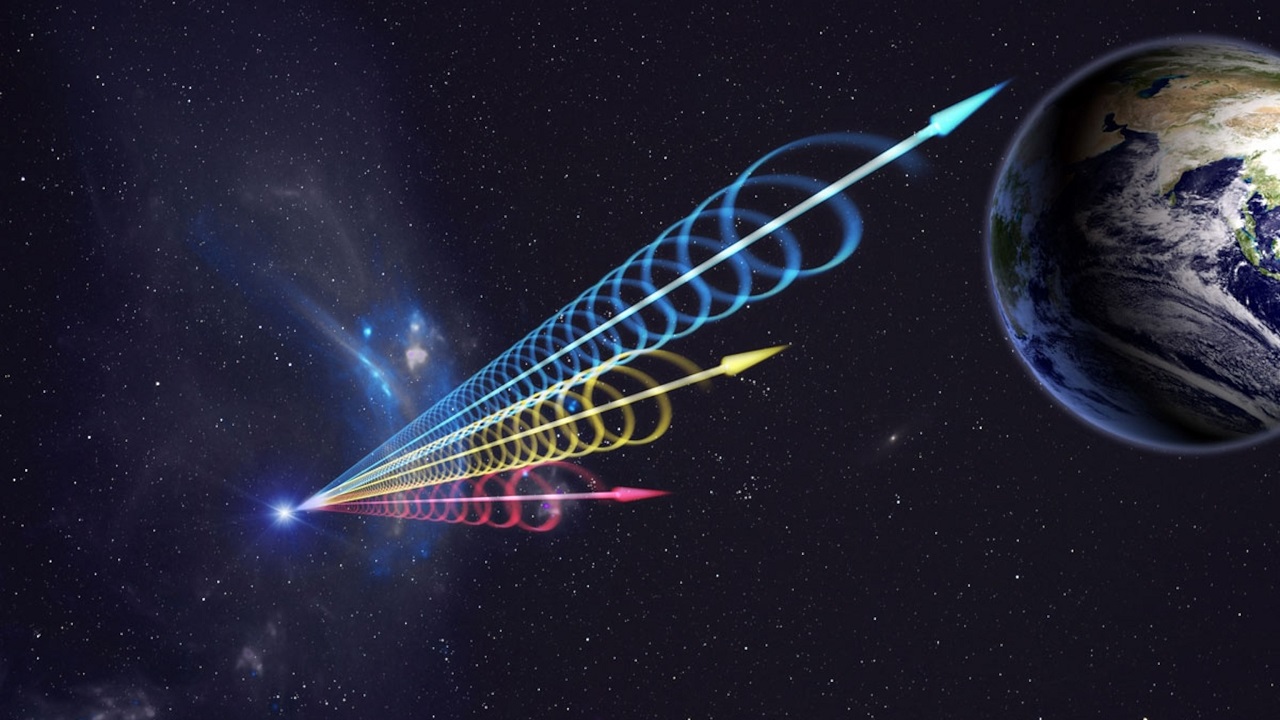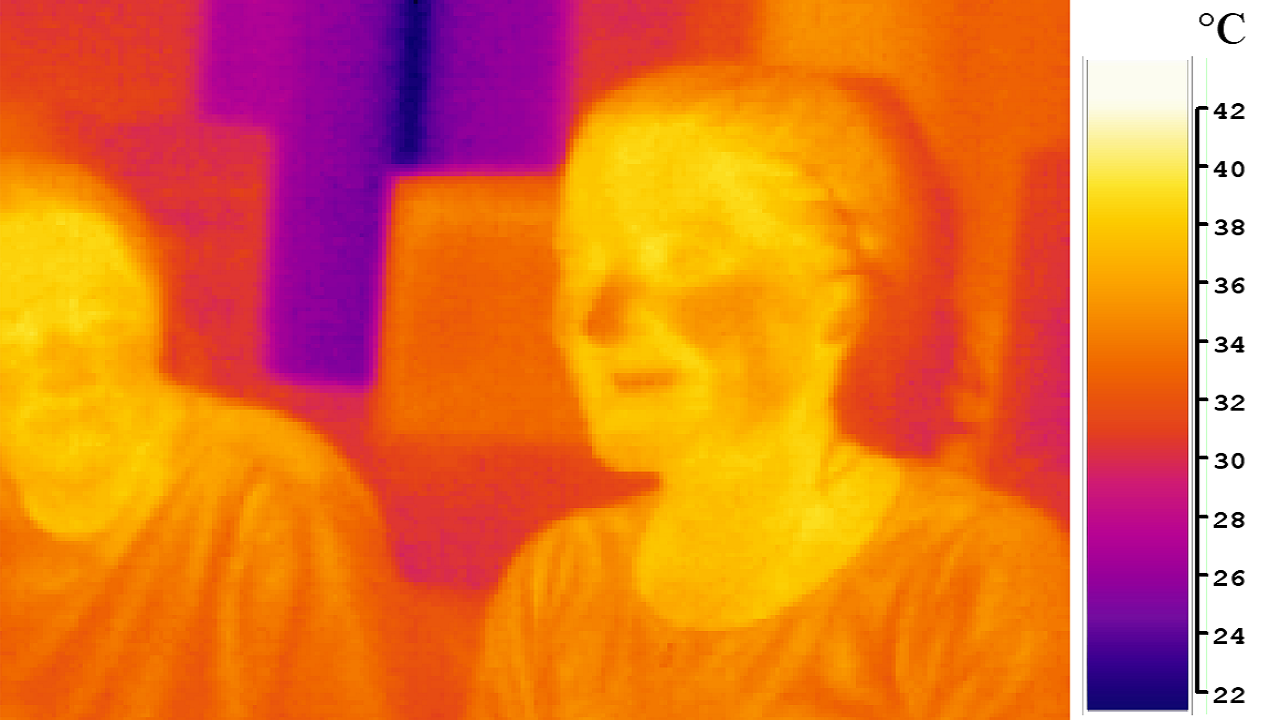We can call science a curtain full of secrets. So much so that a considerable amount of research is required to open this veil even a little on any subject. Today, we will again take a look at the electromagnetic wave portion of such a curtain. We will try to open a small part of this veil with our research and we will answer the questions of what electromagnetic waves are, what are they useful for and what are their types.
Technology continues to make our lives easier every day. So much so that even doing research can be done much easier than in the past thanks to the internet. In the past, encyclopedias etc. in libraries. through tools by making effort Today, this process can only be done with a simple internet search. Of course, the results you get do not always give an accurate and clear answer, but when you go deep enough, you can find what you are looking for.
Electricity may be one of the greatest discoveries and needs of our age. Benjamin Franklin in 1752The generation of electricity, which emerged as a result of a number of experiments, was originally It dates back to the 1800s.. Electromagnetic studies, on the other hand, go further than these periods. So this is what we encounter in many everyday gadgets and machines. what are electromagnetic waves?
What is electromagnetic wave, what does it do? Types:
First, what is an electromagnetic wave?
Electromagnetic waves in their shortest form, accelerated motion of charged particles are the resulting waves. But to go into more detail, electromagnetic waves arise as a result of vibrations between an electric field and a magnetic field. In other words, for the formation of EM waves, which are known in short, these two fields contact each other must. For this reason, it was named as “electromagnetic” waves, taking its name from its two creators.
Electromagnetic waves are quite strong. So much so that they are unlikely to be deflected while moving in space, and weather, thick, vacuum etc. They have the potential to go through anything. They do not need a specific medium to reach or spread anywhere. In contrast, Mechanical waves (such as sound waves or water waves) have a specific medium to move in order to move. they need.
What do electromagnetic waves do?

The simplest example that can be given to this subject can be over radio waves. Radio waves are one of the most easily transmitted waves through the air. In contact with the human body they do not harm and they can reflect to change direction. Such features prevent radio waves to communicate makes it ideal.
We can give another example over microwaves. Microwaves are created by molecules in food. easily absorbed have frequencies. This allows the molecules to increase their energies as they absorb microwaves, in other words, they heat up. This is where the basic principle of microwaves, which allows many people to quickly heat their food today, comes from here.
What are electromagnetic waves? Types:
- radio waves
- microwaves
- infrared waves
- Visible light waves
- ultraviolet waves
- x-rays
- gamma rays
Used for communication: Radio waves

Radio waves may be the most common and ubiquitous wave type known. Radio waves are used to carry signals to receivers to be converted into information. Also in the EM spectrum is the lowest frequency wave. Many objects etc. in our artificial and natural environment. object contains radio waves. This includes cosmic bodies such as stars and planets. The most common use of radio waves is through television stations and cell phone companies. These companies include telephone, television, etc. they generate the signals to be received by your device.
Rescue in the heat: Microwaves

Regarding the lowest wave frequency in the EM spectrum 2nd head wave are microwaves. Unlike the journeys that radio waves can make between cities and countries, microwaves can go a little more than centimeters. But because they have a higher frequency, rain, cloud, etc., where radio waves are blocked and blocked. They can go through things. warming our food as well as miraculous feature such as computer, etc. Features such as data transfer from devices are also among the tasks of the microwave.
Nicknamed invisible heat: Infrared waves

Infrared waves in the EM spectrum by being in the middle It is a type of wave that does not mix with meat and milk. Unlike microwaves or radio waves, infrared waves range in length from millimeters to microscopic lengths. The functionality caused by infrared waves varies according to their size. Length of the infrared wave how long it generates so much heat and at the same time the sun etc. It also includes radiation emitted from objects. wavelengths no matter how short the heat it produces is also reduced, and this wave is used in imaging technologies and remote controls.
Lighting up our world: Visible light waves

around you to make the world so obvious and it is visible light waves that allow us to see the world. The belt, which is universally called the rainbow, consists of visible light waves. are different frequencies reflected in the human eye. The part where the visible ray is most striking and strong is naturally the sun. Depending on what length of beam an object absorbs and how it reflects the absorbed wave, its colors may appear different.
A bit harmful: Ultraviolet waves

Even visible light waves have larger wavelengths compared to Ultraviolet waves. Ultraviolet waves in general is a harmful ray. across people cause of sunburn known as exposure to too much ultraviolet light causes cancer. Any operation at high temperature causes the emission of ultraviolet rays, which can be detected through every star in the sky.
Used to view bone structures: X-rays

X-rays or X-rays are one of the smallest known wavelengths. Unlike X-rays, which have a wavelength of 0.03 to 3 nanometers, they are extremely are high energy waves. Naturally emitted x-ray sources are not very comparable to the human eye because they are usually natural sources such as pulsars, supernovas or black holes. cosmic phenomena contains. X-rays are also used in technology that displays bone structures in the body, known as x-rays.
You wouldn’t want to encounter: Gamma rays

Gamma waves are EM waves with the highest frequency known. coinciding with the human eye unlikely these rays are only emitted by energetic cosmic objects such as neutron stars, pulsars, supernovas or black holes. The resources that exist in the human world are lightning, nuclear explosions and radioactive leaks that you would not want to come across. just as dangerous contains events. The wavelengths of gamma waves are measured at a level even lower than that of the atom, and gamma rays also have the unpleasant property of destroying cells in the body of living things. The world runs to our aid in this matter by destroying the gamma rays reaching its atmosphere.
